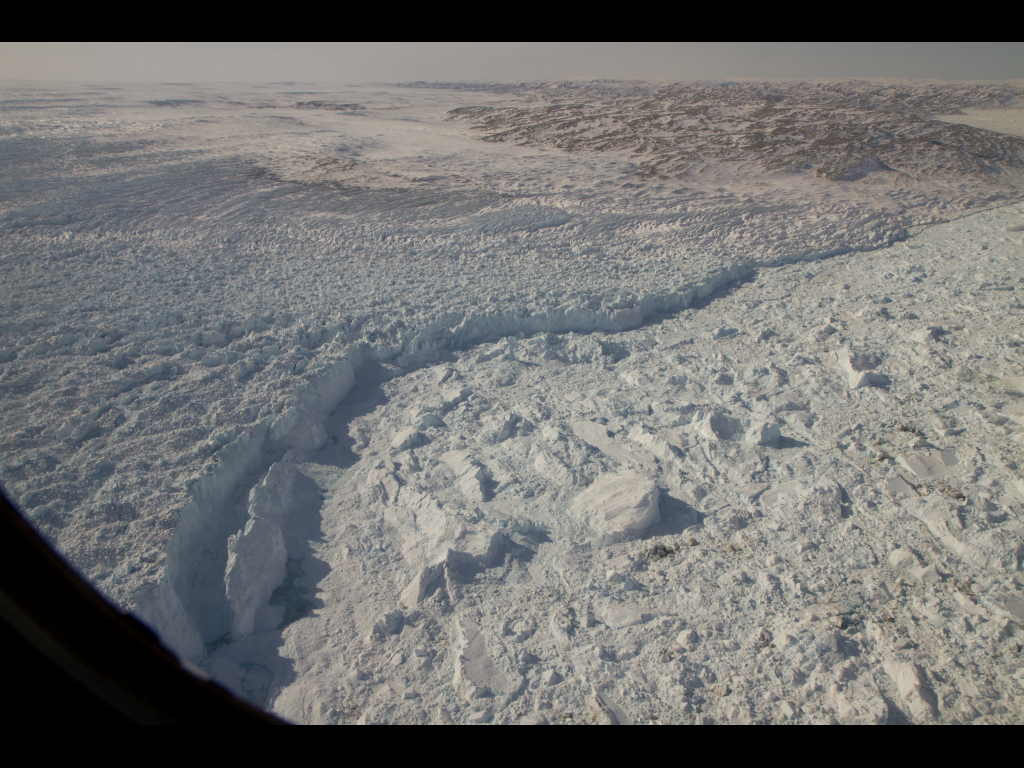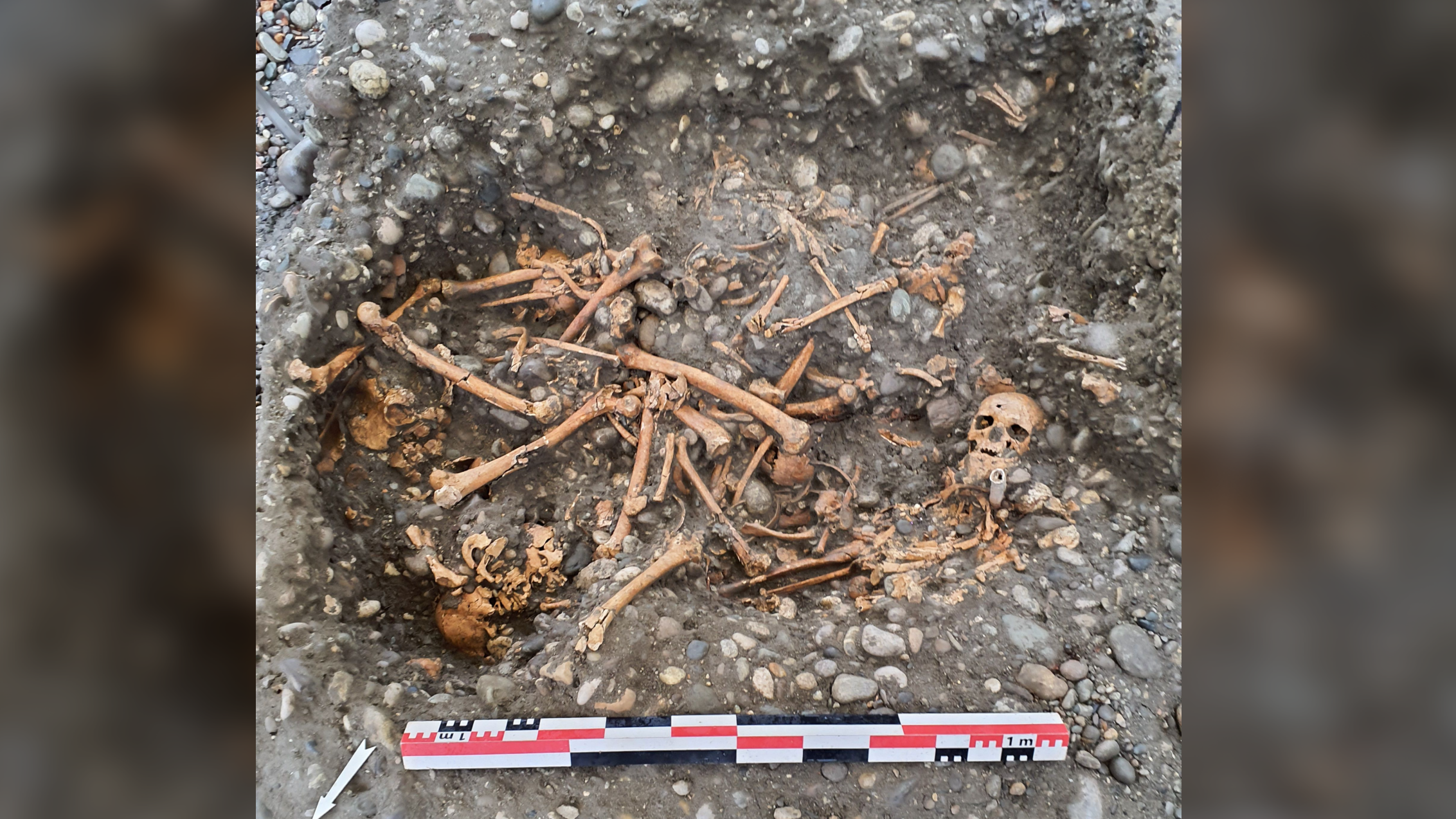NASA's IceBridge Kicks Off 2014 Arctic Campaign


A few lucky scientists will soar above Greenland's remote glaciers starting this week as NASA's Operation IceBridge launches its 2014 Arctic campaign. The agency's modified P-3 research plane left NASA's Wallops Flight Facility in Virginia for Thule, Greenland, on Monday, March 10.
The IceBridge mission continues several years of airborne monitoring at the poles, meant to fill a gap between two ice-tracking satellites. The ICEsat satellite stopped collecting data in 2009. A replacement satellite, ICEsat-2, is scheduled for launch in 2017. Combined with IceBridge, the satellite and airborne monitoring provides a continuous record of changes in the thickness and extent of Arctic and Antarctic sea ice, snow cover and continental glaciers and ice sheets. New for 2014 is an instrument to measure ice albedo, the amount of light reflected by ice. Average Arctic albedo levels have decreased from 52 percent to 48 percent since 1979, adding to global warming, studies suggest.
The daily flights from Thule and Kangerlussuaq, Greenland, will begin on May 23. As in previous years, IceBridge researchers plan to fly to Fairbanks, Alaska, and back, to measure sea ice in the Beaufort and Chukchi seas. This year, IceBridge will also fly directly beneath the orbit of the European Space Agency's CryoSat-2 as the satellite passes overhead, to compare measurements.
Read more: Operation IceBridge
Email Becky Oskinor follow her @beckyoskin. Follow us @livescience, Facebook& Google+.
Get the world’s most fascinating discoveries delivered straight to your inbox.



